
Over fifty-five years of flying as a passenger, with comments on various airlines that I have used. In alphabetical order, not in historical order.
I flew part way across the Pacific Ocean in the above aircraft, and years later I found her at a small aerodrome near where I live – no longer in service.
My flying experiences began in the early 60’s when I flew to / from the Far East from the UK to either join a ship or to fly home on leave.
Aer Lingus
 Flew trans Atlantic with them from Manchester via Dublin and Shannon to New York in the early 70’s. The next time I used them was in 2009 from London to Dublin. They were pleasant flights.
Flew trans Atlantic with them from Manchester via Dublin and Shannon to New York in the early 70’s. The next time I used them was in 2009 from London to Dublin. They were pleasant flights.
I did find it a little odd in Dublin on the way to the US that after using the toilets I opened the wrong exit door and ended up in the street. Fortunately I was able to get back in to the building as I was ‘in transit’. This was well before the high security system that we have today.
Air Asia

Flown with them around Asia and found them to be very good, particularly as their fares are so low.
Air France

I worked for BOAC at Manchester Airport when Air France offered £7.00 (return) tickets to Paris to advertise their new service. Maureen & I took advantage of a weekend in Paris.
Air Nauru

In another life I had to visit a number of the Pacific island, and Nauru was one of them, and Air Nauru was the only direct flight from Sydney. Sometimes they left on time and at other times they waited for the Nauru President.
The one thing I remember about flying with this airline was that they insisted on putting the red wine in the fridge, and they would leave the white wine out in the tropical heat. They parked their aircraft in lay-by in Nauru, and the main road passed between the aircraft and the taxi way. A little odd, but it was a Pacific solution.
Air New Zealand

I’ve flown with them in the 80’s & 90’s from Sydney & Auckland to Fiji & Western Samoa – never had a complaint.
Air Pacific

Not a bad airline, flown with them for short journeys between the Pacific Islands, such as W. Samoa to Fiji, or Fiji to Tonga in the late 1980’s.
Air Vanuatu
 Only used them once between Sydney and Port Vila.
Only used them once between Sydney and Port Vila.
Alitalia

London to Venice to join a passenger ship in 1965 – haven’t used them since. I sat next to a very attractive lady and we spent the flight discussing perfumes – she was only in transit in Venice, never saw her again.
Ansett

Flew Sydney to Melbourne for the first time in the early 70’s – Ansett always seemed to be a happy airline. Flew with them many times later after we emigrated in 1980.
AOM

In another life (different from the first ‘other’ life) I was involved with AOM as their GSA (General Sales Agent) and I flew with them from Sydney to Noumea in New Caledonia. Nice leather seats in business class.
The DC 10 was not a particularly profitable aircraft for the Paris, Colombo, Sydney, Noumea run.
Australian Airlines (also known as TAA – Trans Australian Airlines)

An Australian domestic carrier – (early 80’s), I used either this airline or Ansett.
Austrian Airlines (when I flew with them they were called Lauda Air)

Sydney to Manchester via Vienna, it was a very pleasant trip.
Due to the long transit in Vienna all transit passengers were offered a tour of the city. We were not allowed off the bus, but it was a pleasant way to use two to three hours before the Vienna to Manchester flight.
On the return flight they had engine trouble in Manchester and we were delayed for some hours. Eventually we left Manchester and I realised that we had missed the connection in Vienna to Australia.
There were a number of passengers in the same situation. The cabin crew told us over the public address system not to worry because they had booked us all on the Lufthansa flight from Vienna to Frankfurt, to connect with the Lufthansa Frankfurt to Sydney service. Being in the airline industry I called the stewardess and whispered that Lufthansa didn’t fly to Australia, did she mean the Qantas flight QF 05 ?
She insisted that it was Lufthansa. So I left it at that. In Frankfurt I boarded the QF 5 for Sydney. It did carry a code share LH number so I suppose we were both correct.
BMI – used to be called just British Midland.

They were code share with Malaysian Airlines between Edinburgh and London, so technically I was flying Malaysian Airlines, not British Midland, because I had a Malaysian ticket. The flight was OK, I’d use the again.
British European Airways (BEA)

Flew with them domestically UK.
British Overseas Airways Corporation – BOAC

In the early 70’s flew Manchester to New York on the VC 10 – at that time nobody had TV or overhead films. We spoke to our neighbour or read, because we didn’t have an iPad, IPhone, laptop, computer and an old fashioned Kindle was called a book.
 I also flew London to Singapore via Rome, Beirut, Bahrain, Bombay, Rangoon, Kuala Lumpur and eventually Singapore. This type of routing was normal in the 1960’s.
I also flew London to Singapore via Rome, Beirut, Bahrain, Bombay, Rangoon, Kuala Lumpur and eventually Singapore. This type of routing was normal in the 1960’s.
Later the airline changed to British Airways, when it merged with BEA.
During the late 1980’s I was fortunate to fly Concorde, London to New York on my way back to Australia, via the US west coast. When flying Concorde you do see the curvature of the Earth and the deep blue of space. You can feel yourself pressed in to your seat as you go through the sound barrier – but you don’t hear anything, because you have left the sound behind.

Of course I mustn’t forget the workhorse of most airlines – flew Sydney – London, return quite a few times.

Boeing 747
Cathay Pacific

Flew Melbourne to Hong Kong & return. It was very pleasant, and plenty of room in economy.
Emirates

Flew with them last year from Sydney to Rome – very disappointed with the on board service, particularly after all the hype, and we were flying business class as a treat.
Finnair

Business class from Bangkok to Helsinki. Very pleasant flight, excellent cabin service, good food and wines, but the AVOD was very poor with limited entertainment value.
On the return between Helsinki & Bangkok, we were offered reindeer steaks, so told the grandchildren that Rudolph was very tasty – not one of my better ideas.

Airbus A319
We flew from Helsinki to Venice, packed tight because the configuration was all economy.
Iberia
 Very cramped from Madrid to Lisbon – we renamed this airline Air Sardinia due to the lack of room. My legs were in the aisle most of the flight, because I was bothered that the seat in front if angled back would damage my knees. To be fair, the return flight was quite good with plenty of legroom.
Very cramped from Madrid to Lisbon – we renamed this airline Air Sardinia due to the lack of room. My legs were in the aisle most of the flight, because I was bothered that the seat in front if angled back would damage my knees. To be fair, the return flight was quite good with plenty of legroom.
Iran Air
 Not one of my favourite airlines.
Not one of my favourite airlines.
I paid off a ship in Khorramshahr, which is in Iran, and drove to Abadan (nearest airport) to fly Iran Air to Tehran, and then BOAC to the UK.
This trip from Abadan sticks in my mind due to the huge amount of hand baggage that the passengers were allowed to carry on board. Including one guy who had a small primus stove.
After we had taken off, and the seat belt sign had been switched off, the passenger with the primus squatted in the aisle and lit the stove to make himself some tea.
The surrounding passengers didn’t react. I could see him in the aisle a few seats ahead of me, and as I unfastened my safety belt so as to go and tell him to put the stove out, there was a blared movement of a stewardess moving from the for’d part of the aircraft to the tea maker.
I’ve never seen a cabin crewmember move so fast before or since. We landed safely and the primus passenger didn’t get his tea.
Japan Airlines

Flew business class Sydney / Tokyo in the late 80’s and found that the Japanese Airlines business class seat to be as large as Qantas’ economy seats. Being 188 cm (6ft 2 in) I was disappointed in the space available in business class on this airline. I am sure things have changed in the last thirty years.
Jetstar
 Sydney to the Sunshine Coast for a holiday in 2007 – the trip was ninety minutes, and that was about as much as I could take due to the cramped seats. I suppose one gets what one pays for, and as the ticket was cheap it was an experience.
Sydney to the Sunshine Coast for a holiday in 2007 – the trip was ninety minutes, and that was about as much as I could take due to the cramped seats. I suppose one gets what one pays for, and as the ticket was cheap it was an experience.

Flew business class, Bali to Sydney a year or so ago, it was a night flight so slept most of the way, but I doubt that we will use this airline again.
KLM – Royal Dutch Airlines
 F70
F70
We flew Cityhopper from Frankfurt to Amsterdam, and then on to Norwich in the UK. Couldn’t fault the service or the aircraft, which was a Fokker 70.
Laos Air

Flew Chiang Mai (Thailand) to Luang Prabang (Laos) and couldn’t fault the trip. Laos Air flies French built aircraft, which were well maintained.
Later I flew from Luang Prabang to Vientiane (capital of Laos), again a good flight, but had the feeling that the pilot might have just left the air force, and that he was used to fighter planes. It was the way he landed a steep dive and – BANG we were down!
Malaysian Airlines

I think I have flown with Malaysian Airlines more times than with any other airline. Over the years I have noticed a falling off of their standard of economy service – I fly mostly economy, but have flown twice in business class (to Europe) and on both occasions I couldn’t fault the service.
The problem is that I have the impression that accountants are now running this airline instead of airline people – which is a shame because most of the staff that I have met have, (all but one), been very helpful and keen to help.
Malaysian Airlines was classed, not so long ago, as a five star airline, but they have slipped and are no longer rated by Skytrax, (under review). Unfortunately, since about 2011, they have slipped down and down.
For old times sake, and to see what has happened, we will be flying Malaysian Airlines from Tokyo to Sydney in April 2018, because I am keen to see if the fall from grace has stopped – and the ticket cost was attractive..
Northwest Airlines
 In 1970 my wife & I were on our way home from Australia after our delayed honeymoon, and we had tickets with Northwest from Honolulu to New York, where we would catch the B.O.A.C flight to Manchester.
In 1970 my wife & I were on our way home from Australia after our delayed honeymoon, and we had tickets with Northwest from Honolulu to New York, where we would catch the B.O.A.C flight to Manchester.
Northwest was kind enough to upgrade us to business class (no idea why), but it was very nice. Sat down and the stewardess came up and offered us drinks, which I accepted and tasted, it contained gin, which I hate. I returned the glass and mentioned that the drink contained gin and I didn’t like gin.
The glass was removed and a rum based drink was placed in front of me – layers of different coloured rum, topped up with ice & Coke in a very tall glass.
I took off before the aircraft.
Our first stop was Chicago – I didn’t realise that the DC 8 had the range, but we arrived several hours later – at that time the airlines didn’t have TV or overhead films, and definitely no AVOD!
Arrival in Chicago was a shock after the heat of Honolulu – heavy snow. An hour or so transit and it was off to New York (economy) again more snow, before boarding the BOAC flight for Manchester.
QANTAS

What a fall from grace for this airline, now rated as a four star airline. When I worked for BOAC / BA, Qantas were considered to be the standard of service to which we should aim. They were held in very high esteem, but sadly have fallen a long way due to the ‘you have to fly with us’ attitude – they forgot about the Asian carriers who offered better service, at cheaper rates.
Only recently have Qantas started to come back and offer customer service. I stopped flying with QF in the mid 1990’s because of their attitude, but they are now offering good ticket prices and I hear that the service is a lot better. Generational change perhaps.
May I suggest that the current crop of senior Qantas managers stay out of making political statements and concentrate on running the airline for the benefit of their employees, shareholders and passengers.
Qatar Airways

I first flew Qatar Airways in 2012. I researched business class tickets from nearly every origin around Australia, New Zealand & Asia. Being retired allows me time to do this type of research.
By combining an economy ticket to Asia and business class ticket from Asia to Europe (the long haul bit) we managed to get a through fare for around $2800, mainly business class.
We used Malaysian Airlines, in economy, to Kuala Lumpur, stayed overnight, and then flew with Sri Lanka Air to Colombo. The business class experience of flying with Qatar Airways was the best experience on an aircraft that I have had for years.
Year after year this airline is consistently in the top three or four airlines for overall service and it listed as a five star airline.
In 2016 Maureen and I had enough frequent flyer points to ‘buy’ a business class ticket from Dubai to Kuala Lumpur. A quick phone call to Qatar Airlines in Doha and all was fixed, without any comment of ‘blackout’ dates, and the lady I spoke to apologised that they could not give me business class between Dubai and Doha, but they would upgrade us to first class without charge. The flight was just over an hour, but the focus on customer service left certain other airlines well behind.
 B777
B777
 B 787
B 787
It’s a toss up whether I prefer the new B 787 or the B 777 for space and comfort – both are very good.
Samoan Airlines
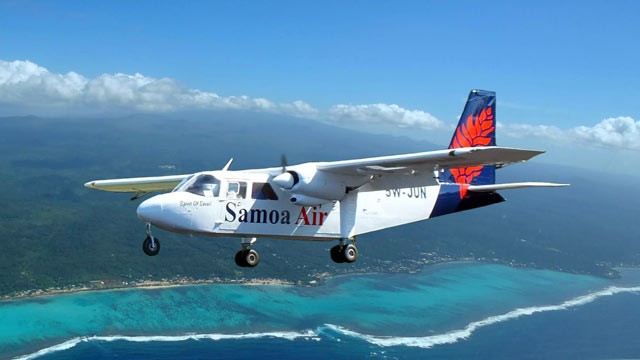 Some of the passengers were weighed and some of us were not. The aircraft was small so every kilo was counted and the Western Samoans are known for their size.
Some of the passengers were weighed and some of us were not. The aircraft was small so every kilo was counted and the Western Samoans are known for their size.
The flight from Apia to Pago Pago in American Samoa was not long, about fifteen minutes, but it was still an international flight.
The baggage was stowed behind the last passenger.
Singapore Airlines
 Singapore Airlines has become the benchmark for a number of competitors and they are only one of the ten – five star airlines (March 2018).
Singapore Airlines has become the benchmark for a number of competitors and they are only one of the ten – five star airlines (March 2018).
ANA All Nippon
Asiana Airlines
Cathay Pacific
Etihad Airlines
EVA Airlines
Garuda Indonesia – what a leap this airline has made from being banned in European skies to being one of the best airlines in the world.
Hainan Airlines
Lufthansa
Qatar Airlines
Singapore Airlines
Only one airline is not from the Middles East or Asia. There’s a message there for those airline CEOs who can read the future for western airlines.
The flying public judge each airline, and through airline customer feedback, via neutral Skytrax, they are rated.
I’d flown with SQ (code for Singapore Airlines) during their B707 period in the 1960’s when I was at sea.
In 2007 eight of us planned a trip to Vietnam, so I checked the various discount airlines for a ‘good’ price. The actual discounted tickets were cheaper than the standard airlines, but after you added in various charges for meals, baggage handling, entertainment and a few drinks, I found that SQ basic economy fare was cheaper than the discount airlines with all their add-on bits, so we flew SQ to Vietnam.
Because we flew SQ, we decided to stay three nights on our way home in Singapore. This stopover entitled us to a discount off our hotel, plus we had a free bus tour of the island and discounts to various places of interest, just by showing our boarding pass from Vietnam to Singapore.
Sri Lankan Airlines (used to be called Air Lanka)
 Flew a number time between Malaysia & Sri Lanka (Ceylon). Plenty of room in economy seating, and I did enjoy the food – always had a choice of fish or vegetables curry. I used to alternate between them because I love Sri Lanka curries.
Flew a number time between Malaysia & Sri Lanka (Ceylon). Plenty of room in economy seating, and I did enjoy the food – always had a choice of fish or vegetables curry. I used to alternate between them because I love Sri Lanka curries.
Sun Flower Airlines – a mix of airlines.

In the 1980’s I used to visit a number of Pacific Islands (someone had to do it), and I flew from Sydney to Nauru, with Air Nauru, (B737) then on to Tarawa in Kiribati (again on Air Nauru’s B737, they only had one aircraft).
Kiribati used to be called Gilbert Islands, and then on to Funafuti the capital of Tuvalu (which used to be called Ellis Islands) via Air Marshall HS 748.
Each aircraft was getting smaller and smaller –
The picture below shows the Air Marshall HS 748, in which I flew from Tarawa to Funafuti. The green bit is the runway . . .
Airline of the Marshall Islands

On reaching Funafuti we buzzed the airfield because it was only a grass strip and the local boys were using it for a game of football. It was quite funny to see them run to the side as we bounced along their pitch.
The aircraft came to a halt in front of a small concrete structure.

The customs ‘hall’ was a concrete open sided small building, not much larger than the average garage, where our passports were inspected. The inspection table was concrete and the seat bench behind, for the inspector, was also concrete.
On leaving the ‘garage hall’ I noticed a young lady in a half airline uniform (native skirt, but an airline blouse). I spoke to her about my onward flight to Fiji on Monday (my arrival day was Friday). She asked if my name was Woodland and when I acknowledged this, she told me that they were not bringing a plane in just for me, because I was the only one who wanted to leave on Monday, and I was to return to the airport on Wednesday!
Try ringing head office, in Sydney, to tell the CEO that I was stuck on a Pacific island and was forced to stay another couple of days. . . . .
BTW – The highest point in Tuvalu is about eighteen feet. I just hoped we would not be hit by a tsunami.

On the Wednesday I boarded Sunflower Airlines aircraft for the four-hour trip to Suva in Fiji.
The route used to be flown by Fiji Air, but they had aircraft problems and Sunflower was helping them out. The distance is not great, only about 1100 kms, perhaps an hour and a half in a B737. The aircraft in the picture had a cruising speed of about 295 knts – hence the four-hour trip.
It was a memorable flight; the door between the cockpit and the passengers would not shut, so we were able to watch the pilot fly the plane. The co-pilot was also the steward, so after take off from the grass strip of Funafuti the ‘steward’ drags a cardboard box from under the first passenger seat and starts to issued plastic wrapped sandwiches for lunch.
The aircraft-seating configuration was seven seats down each side. So as not to walk the short length of the aircraft the ‘steward’ skimmed the sandwiches through the air and the passengers caught their lunch.
For drinks it was another carton under the seat and this time the steward handed various cans of drink to the passengers, Coke a Cola, orangeade or lemonade. I was given lemonade and was about open it when it was removed from my hand and exchanged for a Coke.
Apparently the passenger across the small aisle didn’t like Coke, so the steward exchanges it for my lemonade, curtesy was not their forte’.
The noise of the engines did not allow for much conversation with the passenger in front, behind or even across the aisle. At least we all had a window seat. The view was interesting until we left the small group of islands of Tuvalu behind, and we had the vast ocean to keep us company.
I am not sure how high we flew, but I could see the tops of waves breaking and the fine spray blown by the wind. From memory we did not have access to a toilet, because the space where it should have been had been used for cargo & our baggage.
I sipped my can of Coke very slowly. . . . On arrival in Suva (not Nadi Int’l), I think we were all very pleased – I know that I was!!
Thai International
 I like this airline – they are not mean with their drinks – but they do have an odd system of shutting the blinds on leaving Sydney. When I asked why, I was told so that passengers could sleep – this was at 9.00 am and most passengers were origin boarding passengers, so they would have been in bed a few hours earlier.
I like this airline – they are not mean with their drinks – but they do have an odd system of shutting the blinds on leaving Sydney. When I asked why, I was told so that passengers could sleep – this was at 9.00 am and most passengers were origin boarding passengers, so they would have been in bed a few hours earlier.
I’d flown with Thai in the early 80’s when I worked for an Australian company, so it was interesting to note the changes twenty years later. This time I was paying for my own ticket, so of course I was very interested in keeping cost down.
It was an interesting exercise to cost eight tickets from Sydney to Bangkok, paying for them in Sydney, as against buying the same tickets over the internet from Bangkok and saving $60 to $70 a ticket – guess which set of tickets we bought? I love the internet!
United Airlines
 I’ve only flown once with this airline from Los Angeles to Sydney. This time I was business class and the company was paying for the ticket.
I’ve only flown once with this airline from Los Angeles to Sydney. This time I was business class and the company was paying for the ticket.
On check-in I asked if the aircraft was non- stop to Sydney, and I was told that it would be non-stop. I then asked for an upstairs seat in business class, which I was given.
After take off I asked the cabin crew where would I find the in-seat video screen (at that time they were normally in the seat arm) and was told that they didn’t offer in seat video upstairs, and all business class seats downstairs were full.
It was going to be a very long flight and I was half way through my last book. The aircraft was ‘tired’ and I had the feeling that United Airlines was a domestic airline trying to fly international routes with domestic cabin staff. They failed to reach the minimum passenger standard for international service levels.
About three hours from Sydney we were told that we would have to divert to Fiji for fuel . . .so much for none stop. I’ve not flown with this airline since.
Vietnam Airline

Only flown domestic Vietnam with this airline from Ho Cha Min (Saigon) to Hoi An (Da Nang is the airport for Hoi An,) and then on to Hanoi. Both aircrafts were clean and they looked new, and we arrived safely, so I can’t complain.
Virgin Atlantic

Flown a couple of times with this airline from Sydney to Hong Kong. Both fights (economy) were fine.
The only comment I can make is that the use of UK staff with their regional accents was a nice touch. I have a Merseyside accent, so it wasn’t long before I met a cabin crew Scouser.
Virgin Atlantic no longer fly in or out of Australia.
Virgin Australia

First time I used this airline was to fly Sydney to Melbourne. A day I remember well, because as we waited in the departure area for the flight to be called, all the passengers stood and watched similar planes crashing in to the Twin Towers of New York.
Vueling Airlines of Spain

A pleasant flight between Seville and Madrid, with friendly crew.

I never expected to see the above aircraft again – never say never again – it’s in Sydney, or it was some time ago, at Bankstown aerodrome.
























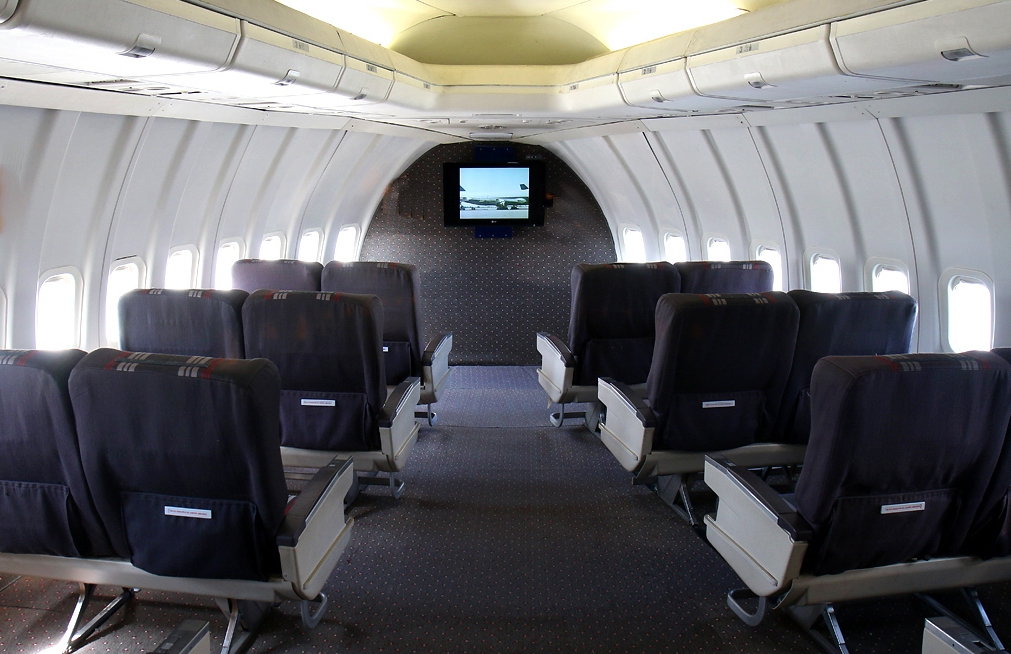


 I was given a baggage tag for my hand luggage; I had passed the test.
I was given a baggage tag for my hand luggage; I had passed the test.
 Seating plan of the aircraft
Seating plan of the aircraft



 The aircraft window is small, so you have to be a lot higher to see the curvature of the Earth. Some people said that they could see the curve of the Earth when flying Concorde, but that was after a few Champagnes . . . .
The aircraft window is small, so you have to be a lot higher to see the curvature of the Earth. Some people said that they could see the curve of the Earth when flying Concorde, but that was after a few Champagnes . . . . 
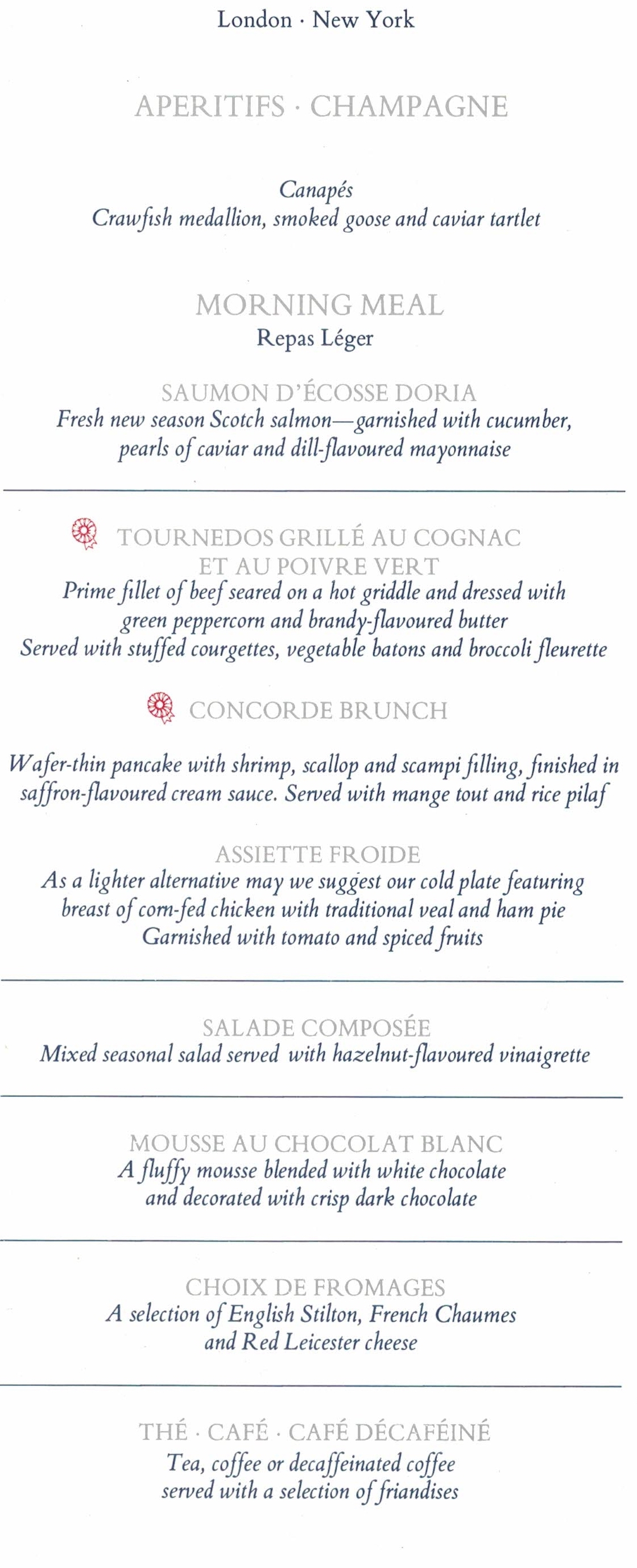





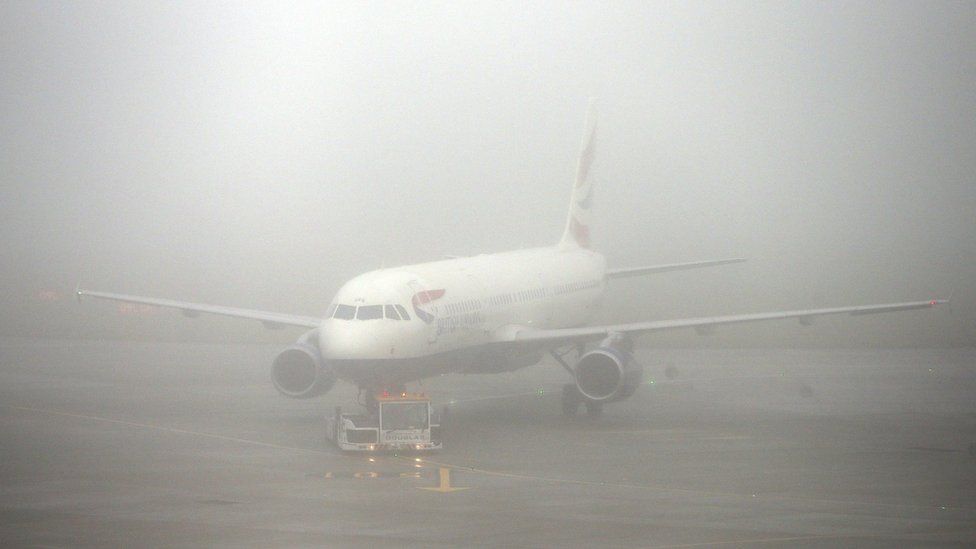





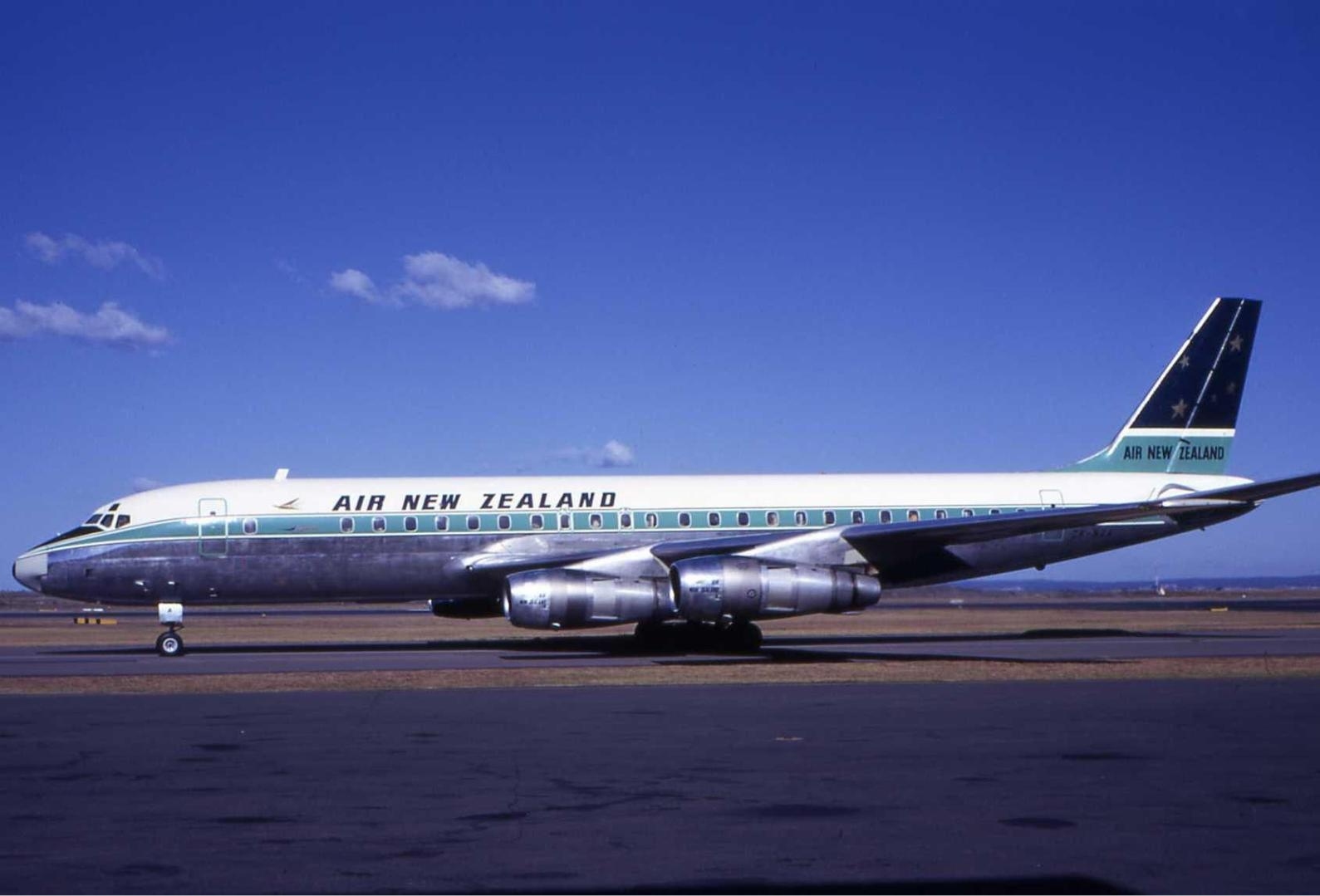


























 The Tatton Arms
The Tatton Arms















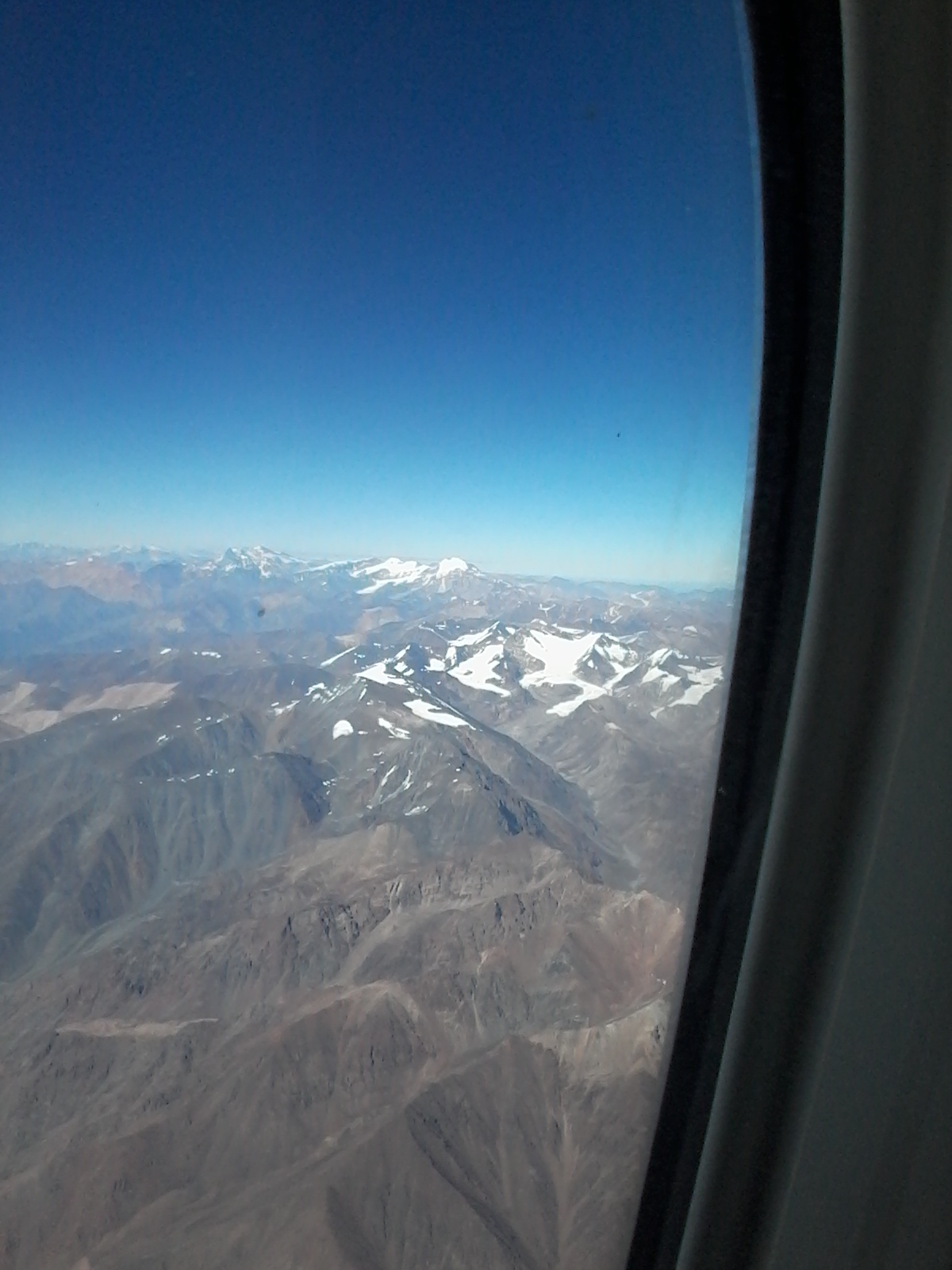





 Flew trans Atlantic with them from Manchester via Dublin and Shannon to New York in the early 70’s. The next time I used them was in 2009 from London to Dublin. They were pleasant flights.
Flew trans Atlantic with them from Manchester via Dublin and Shannon to New York in the early 70’s. The next time I used them was in 2009 from London to Dublin. They were pleasant flights.




 Only used them once between Sydney and Port Vila.
Only used them once between Sydney and Port Vila.







 I also flew London to Singapore via Rome, Beirut, Bahrain, Bombay, Rangoon, Kuala Lumpur and eventually Singapore. This type of routing was normal in the 1960’s.
I also flew London to Singapore via Rome, Beirut, Bahrain, Bombay, Rangoon, Kuala Lumpur and eventually Singapore. This type of routing was normal in the 1960’s.





 Very cramped from Madrid to Lisbon – we renamed this airline Air Sardinia due to the lack of room. My legs were in the aisle most of the flight, because I was bothered that the seat in front if angled back would damage my knees. To be fair, the return flight was quite good with plenty of legroom.
Very cramped from Madrid to Lisbon – we renamed this airline Air Sardinia due to the lack of room. My legs were in the aisle most of the flight, because I was bothered that the seat in front if angled back would damage my knees. To be fair, the return flight was quite good with plenty of legroom. Not one of my favourite airlines.
Not one of my favourite airlines.
 Sydney to the Sunshine Coast for a holiday in 2007 – the trip was ninety minutes, and that was about as much as I could take due to the cramped seats. I suppose one gets what one pays for, and as the ticket was cheap it was an experience.
Sydney to the Sunshine Coast for a holiday in 2007 – the trip was ninety minutes, and that was about as much as I could take due to the cramped seats. I suppose one gets what one pays for, and as the ticket was cheap it was an experience.
 F70
F70

 In 1970 my wife & I were on our way home from Australia after our delayed honeymoon, and we had tickets with Northwest from Honolulu to New York, where we would catch the B.O.A.C flight to Manchester.
In 1970 my wife & I were on our way home from Australia after our delayed honeymoon, and we had tickets with Northwest from Honolulu to New York, where we would catch the B.O.A.C flight to Manchester.

 B777
B777 B 787
B 787 Some of the passengers were weighed and some of us were not. The aircraft was small so every kilo was counted and the Western Samoans are known for their size.
Some of the passengers were weighed and some of us were not. The aircraft was small so every kilo was counted and the Western Samoans are known for their size. Singapore Airlines has become the benchmark for a number of competitors and they are only one of the ten – five star airlines (March 2018).
Singapore Airlines has become the benchmark for a number of competitors and they are only one of the ten – five star airlines (March 2018). Flew a number time between Malaysia & Sri Lanka (Ceylon). Plenty of room in economy seating, and I did enjoy the food – always had a choice of fish or vegetables curry. I used to alternate between them because I love Sri Lanka curries.
Flew a number time between Malaysia & Sri Lanka (Ceylon). Plenty of room in economy seating, and I did enjoy the food – always had a choice of fish or vegetables curry. I used to alternate between them because I love Sri Lanka curries.


 I like this airline – they are not mean with their drinks – but they do have an odd system of shutting the blinds on leaving Sydney. When I asked why, I was told so that passengers could sleep – this was at 9.00 am and most passengers were origin boarding passengers, so they would have been in bed a few hours earlier.
I like this airline – they are not mean with their drinks – but they do have an odd system of shutting the blinds on leaving Sydney. When I asked why, I was told so that passengers could sleep – this was at 9.00 am and most passengers were origin boarding passengers, so they would have been in bed a few hours earlier. I’ve only flown once with this airline from Los Angeles to Sydney. This time I was business class and the company was paying for the ticket.
I’ve only flown once with this airline from Los Angeles to Sydney. This time I was business class and the company was paying for the ticket.




 Departure area in Dubai Airport – very clean and impressive.
Departure area in Dubai Airport – very clean and impressive.

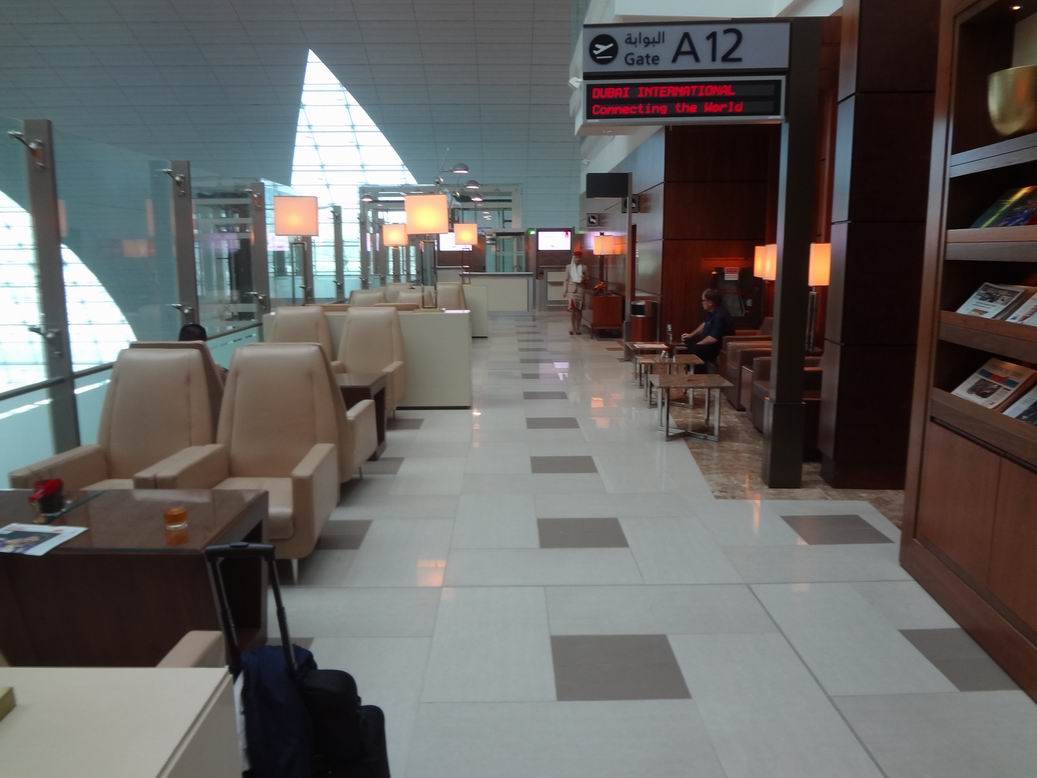



 View from the nose camera as we made our take-off run.
View from the nose camera as we made our take-off run.








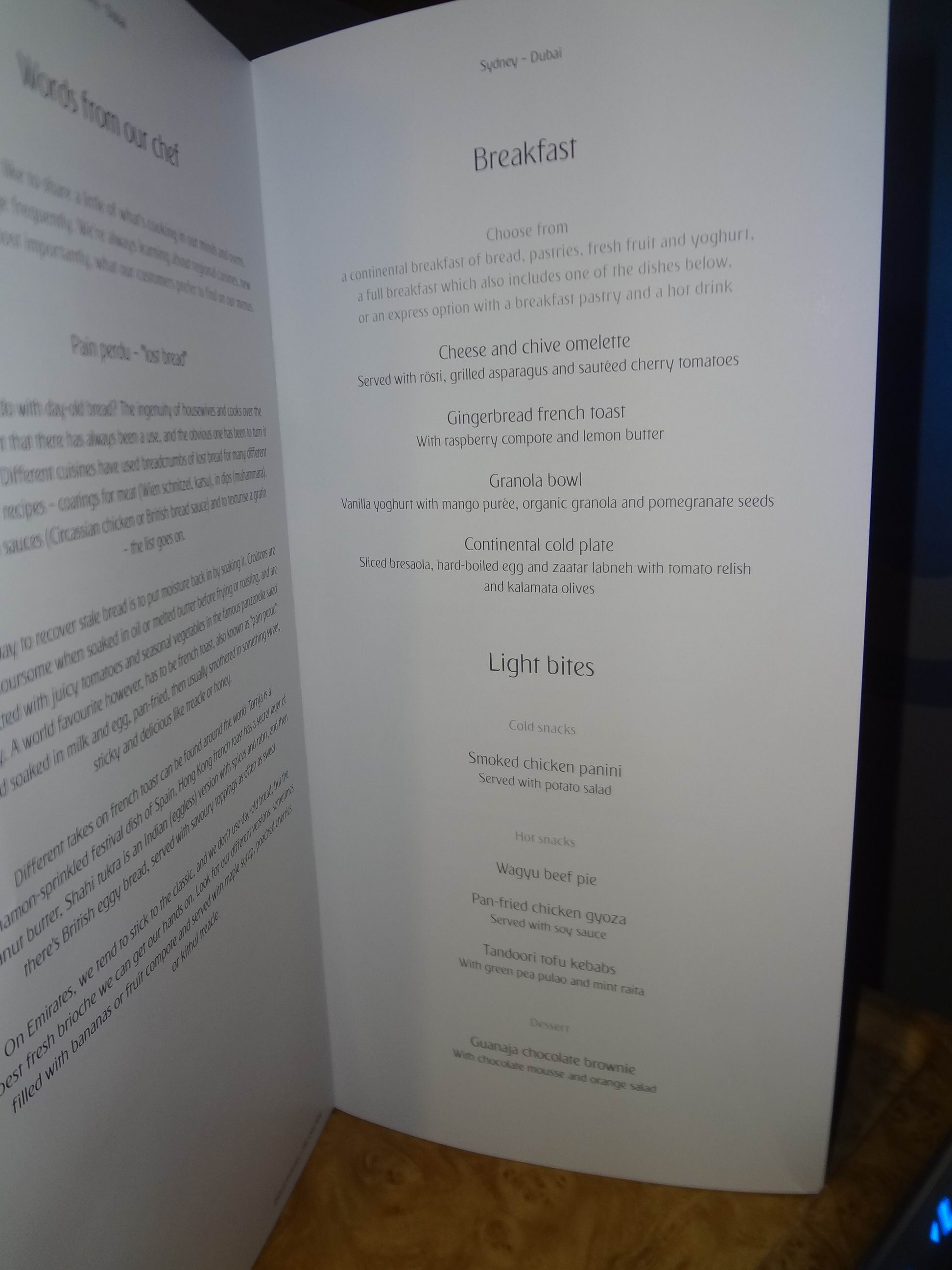



 Quite often Maureen prefers to watch the pasting view rather than watch TV.
Quite often Maureen prefers to watch the pasting view rather than watch TV.
 Later back at our seats it was lunchtime.
Later back at our seats it was lunchtime.




 The two above pictures show our room.
The two above pictures show our room. Inside the Dubliner – Guinness :-o)
Inside the Dubliner – Guinness :-o) For breakfast, before being taken to the departure area for the next leg of our journey, we had a large choice of food.
For breakfast, before being taken to the departure area for the next leg of our journey, we had a large choice of food.